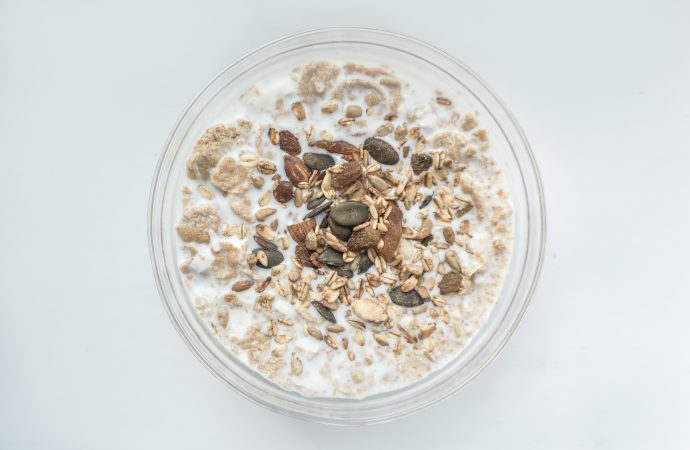Introduction: Breakfast cereal has long been a staple in many households, offering a convenient and quick morning meal option. With countless varieties lining the supermarket shelves, it’s essential to navigate the nutrition facts and make informed choices that support optimal health. In this article, we delve into the cereal chronicles, exploring the key factors to
Introduction:
Breakfast cereal has long been a staple in many households, offering a convenient and quick morning meal option. With countless varieties lining the supermarket shelves, it’s essential to navigate the nutrition facts and make informed choices that support optimal health. In this article, we delve into the cereal chronicles, exploring the key factors to consider when selecting a cereal that aligns with your nutritional goals.
- Reading the Labels:
The first step in navigating the cereal aisle is understanding how to interpret the nutrition labels. Pay attention to serving sizes, as they can vary from brand to brand. Take note of the total calories per serving and the breakdown of macronutrients, including carbohydrates, protein, and fat. Look for cereals that are lower in added sugars and higher in dietary fiber.
- Embracing Whole Grains:
Whole grains provide a wealth of nutrients and are a crucial component of a healthy diet. When choosing a cereal, opt for those made with whole grain as the first ingredient. Whole grains are rich in fiber, vitamins, minerals, and antioxidants, promoting heart health, digestion, and overall well-being.
- Mindful of Sugar Content:
One of the critical factors to consider when selecting a cereal is its sugar content. Many cereals on the market are laden with added sugars, which can contribute to weight gain, increased risk of chronic diseases, and energy crashes. Aim for cereals that contain no more than 8 grams of sugar per serving or choose unsweetened varieties and add your sweetener, such as fresh fruits or a drizzle of honey.
- Navigating Artificial Additives:
Some cereals may contain artificial additives, such as food colorings, preservatives, and flavor enhancers. These additives can have adverse effects on health and may be linked to allergies, hyperactivity, and other health concerns. Opt for cereals with minimal or no artificial additives, focusing on those made with natural ingredients.
- Maximizing Nutritional Value:
Look for cereals that provide additional nutritional benefits. Some brands fortify their cereals with essential vitamins and minerals, such as iron, calcium, and vitamin D. These added nutrients can help fill nutritional gaps and support overall health. Consider cereals enriched with probiotics or those containing nuts, seeds, and dried fruits for added antioxidants and healthy fats.
- Practice Portion Control and Mindful Eating:
While cereals can be a part of a healthy breakfast, portion control is key. Pay attention to the suggested serving size and avoid overpouring. Pair your cereal with protein-rich options like Greek yogurt or incorporate other food groups, such as fresh fruits and nuts, to create a balanced meal. Practicing mindful eating by savoring each bite and listening to your body’s hunger and fullness cues can also contribute to a healthier relationship with food.
- Exploring Alternative Options:
In recent years, the cereal market has expanded to include a wide range of alternatives. Consider exploring options such as granola, muesli, or homemade overnight oats. These alternatives often contain fewer processed ingredients and provide an opportunity to customize your breakfast with wholesome additions like chia seeds, flaxseeds, or almond butter.
- Personalize Your Breakfast Experience:
Ultimately, the best cereal choice is one that fits your individual preferences, dietary needs, and health goals. Experiment with different brands, flavors, and combinations to find what works best for you. Personalize your breakfast experience by incorporating your favorite fruits, nuts, or spices to enhance both the taste and nutritional value of your morning meal.
Conclusion:
Navigating the cereal aisle doesn’t have to be a daunting task. Armed with knowledge about reading labels, embracing whole grains, monitoring sugar content, avoiding artificial additives, and maximizing nutritional value, you can make informed choices when selecting cereals that promote optimal health. Remember to practice portion control, incorporate mindful eating habits, and explore alternative options to diversify your breakfast routine.

















Leave a Comment
Your email address will not be published. Required fields are marked with *